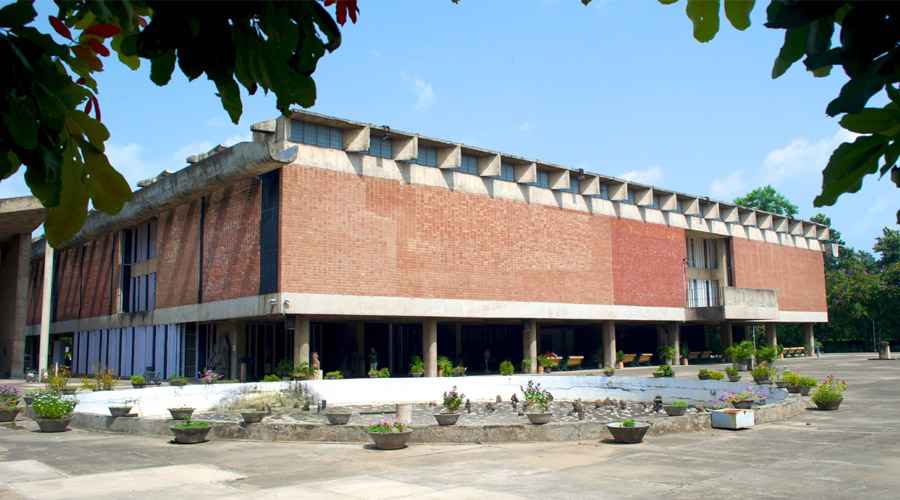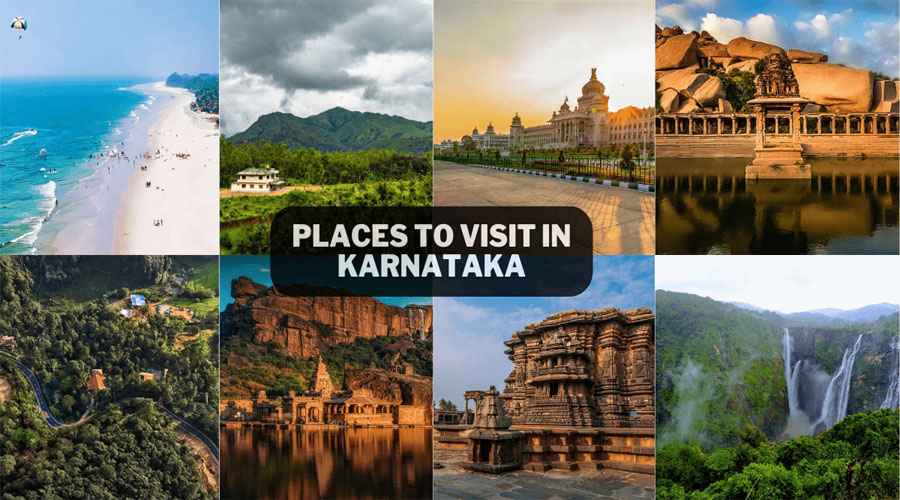The Government Museum and Art Gallery in Chandigarh stands as a significant cultural institution and architectural landmark in India. It was inaugurated on May 6, 1968, by Dr. M. S. Randhawa, then Chief Commissioner of Chandigarh, and owes its inception to the partition of India in 1947. This event led to the division of the extensive collection of art and artifacts originally housed in the Central Museum, Lahore; 40% of this collection became part of India’s heritage and was eventually relocated to Chandigarh, necessitating the establishment of a new museum.
View this post on Instagram
The museum was designed by the renowned Swiss-French architect Le Corbusier along with his associates Manmohan Nath Sharma, Pierre Jeanneret, and Shiv Dutt Sharma. It forms part of a trio of museums designed by Le Corbusier globally, the others being Sanskar Kendra in Ahmedabad and the National Museum of Western Art in Tokyo. Architecturally, the museum is a manifestation of Modernism and stands as a symbol of post-independence nation-building ideals, embodying formal and technological innovations. The building’s design centers on the concept of an open-plan layout with large uninterrupted double- and triple-height galleries arranged along a gentle ramp, creating a dynamic spatial experience where circulation and exhibition spaces merge seamlessly.
Inside the museum, several key collections attract scholars, art lovers, and tourists alike. Its centerpiece is one of the largest collections of Gandharan sculptures in the world, totaling over 600 pieces, including numerous statues of Buddha reflecting varied historical representations influenced by Greco-Buddhist art traditions. This significant collection originated from the Lahore Museum’s share after partition and was gradually expanded with other art forms such as Pahari and Rajasthani miniature paintings, Indian contemporary art, ancient stone and metal sculptures, coins, and more. Dr. M. S. Randhawa, a passionate patron of the arts, played a crucial role in enhancing the museum’s collection and cultural footprint.
View this post on Instagram
The museum complex also includes the Natural History Museum, founded in 1973 by Dr. Randhawa, which covers biological evolution, human origins, and dinosaurs of the Indian subcontinent, and the Architecture Museum, established in 1997. The Architecture Museum preserves rare documents, sketches, and models related to the planning and construction of Chandigarh itself, showcasing works by Le Corbusier and his team, along with historical maps and heritage furniture.
The museum functions not only as a repository of cultural heritage but also as an educational center aligned with India’s national policies promoting knowledge dissemination. It regularly organizes exhibitions, lectures, film screenings, and cultural programs in its auditorium. It also offers facilities like a library rich in art and architecture literature, digitized archives pertaining to Chandigarh’s planning, and free or discounted access for senior citizens, students, and groups. The museum’s approach integrates conservation, education, and the promotion of contemporary Indian art, making it a vital institution in North India’s cultural landscape.
View this post on Instagram
Visitors to the museum experience a blend of historical depth and architectural grandeur. The use of exposed concrete surfaces, metal-panel doors, fixed furniture, and sculpturesque gargoyles reflect Chandigarh’s distinctive modernist style. The mural by Satish Gujral in the reception area adds a vibrant contrast to the building’s stark aesthetic. The museum’s design encourages visitors to engage with art as part of an ongoing dialogue within a living and growing cultural space, which Le Corbusier termed the “museum of unlimited growth”.
In summary, the Government Museum and Art Gallery in Chandigarh is a unique combination of artistic heritage preservation, modern architectural innovation, and educational outreach. It symbolizes India’s historical journey from partition to modern nationhood and serves as a beacon for art lovers, researchers, and the general public interested in the rich cultural tapestry of the region.



